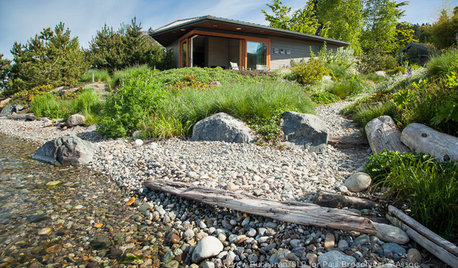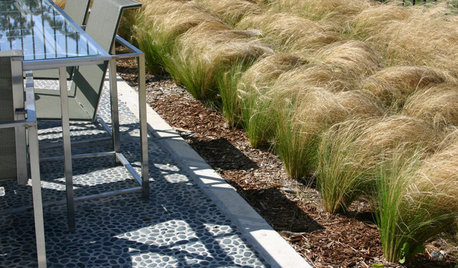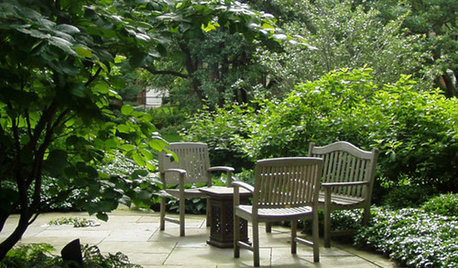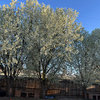How do you deal with invasive lawn grass?
oakiris
13 years ago
Related Stories

GARDENING GUIDESDo You Have This Invasive Plant in Your Yard?
Garlic mustard is spreading across the U.S. Here’s how to spot it and what to do
Full Story
LANDSCAPE DESIGN7 Low-Maintenance Lawn Alternatives
Turf isn't the only ground cover in town. Get a lush no-grass lawn with clover, moss and other easy-care plants
Full Story
LANDSCAPE DESIGN15 Great Ideas for a Lawn-Free Yard
End the turf war for good with hardscaping, native grasses and ground covers that save water and are easier to maintain
Full Story
INSPIRING GARDENSLawn Gives Way to a More Natural Lakeside Garden
Meadow grasses, beach pebbles and driftwood replace turfgrass in a nature-friendly landscape on Lake Washington’s shore
Full Story
GARDENING GUIDESGreat Design Plant: Purple Needle Grass, California’s State Grass
The long-lived, drought-tolerant Stipa pulchra is as admired for its benefits as for its good looks
Full Story
EARTH DAYThe Case for Losing the Traditional Lawn
Work less, help the environment and foster connections by just saying no to typical turf
Full Story
GARDENING AND LANDSCAPINGOrnamental Grasses in the Landscape
Low-maintenance grasses add beauty and motion to the garden
Full Story
GARDENING AND LANDSCAPINGYour Yard: Are You Ready to Lose the Lawn?
Save time and water with good-looking alternatives to turf grass
Full Story
MOST POPULARMeet a Lawn Alternative That Works Wonders
Carex can replace turfgrass in any spot, is low maintenance and adjusts easily. Add its good looks and you’ve got a ground cover winner
Full Story
GRASSESHow to Rock a Lawn
Weekend Project: The key to healthy grass begins with the soil. If turf works for you, here’s how to fix it and keep it looking its best
Full Story








gjcore
digit
Related Professionals
Londonderry Landscape Architects & Landscape Designers · Carson Landscape Architects & Landscape Designers · Winder Landscape Architects & Landscape Designers · Garden City Landscape Architects & Landscape Designers · Berkeley Heights Landscape Contractors · East Hanover Landscape Contractors · Hilton Head Island Landscape Contractors · Kerman Landscape Contractors · Longmont Landscape Contractors · Mesa Landscape Contractors · Mission Landscape Contractors · Peoria Landscape Contractors · St. Louis Landscape Contractors · Belleville Solar Energy Systems · Western Springs Solar Energy SystemsoakirisOriginal Author
Skybird - z5, Denver, Colorado
oakirisOriginal Author
conace55
oakirisOriginal Author
Skybird - z5, Denver, Colorado
autodidact
oakirisOriginal Author
Skybird - z5, Denver, Colorado
Dan _Staley (5b Sunset 2B AHS 7)
david52 Zone 6
oakirisOriginal Author